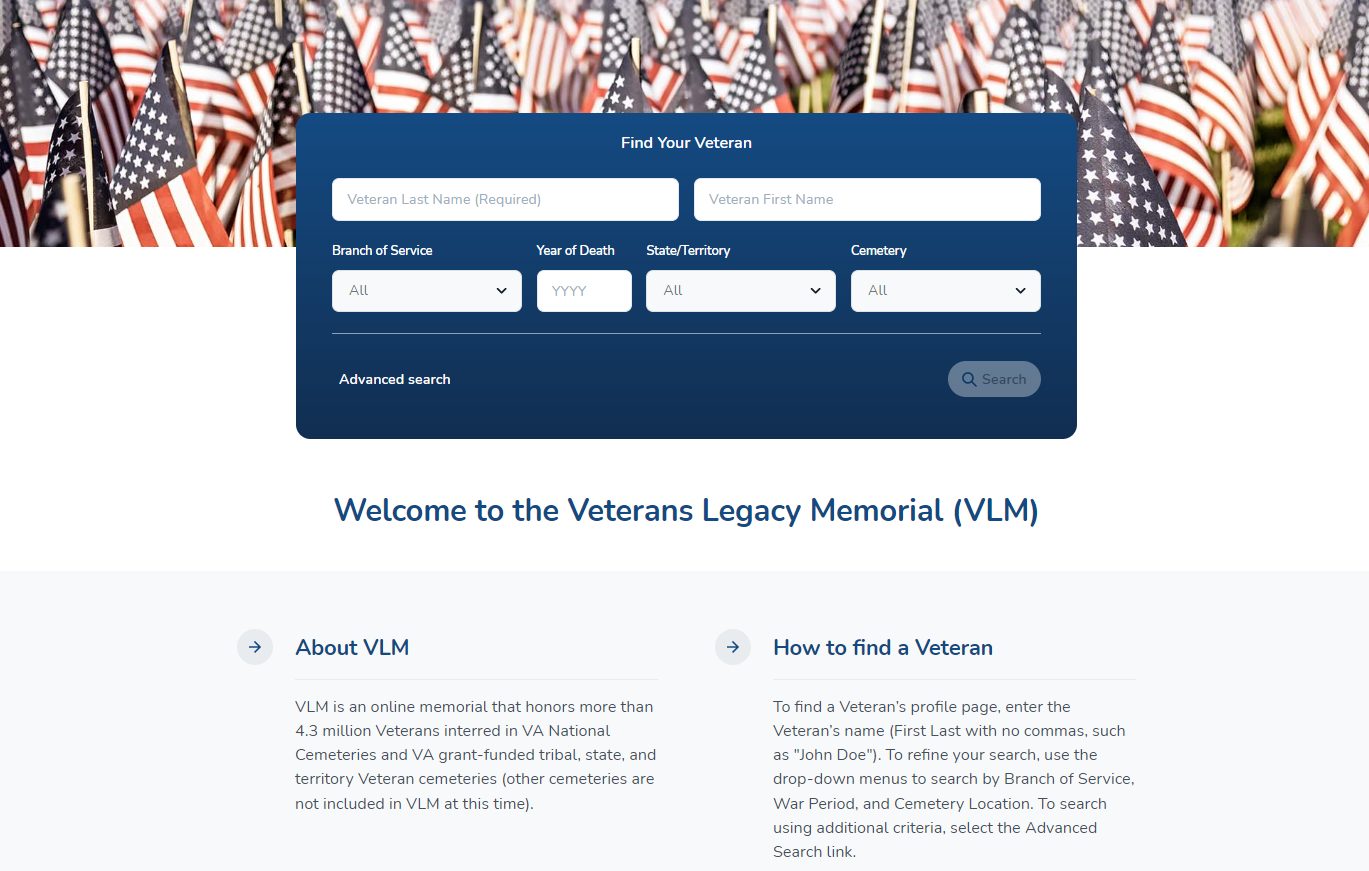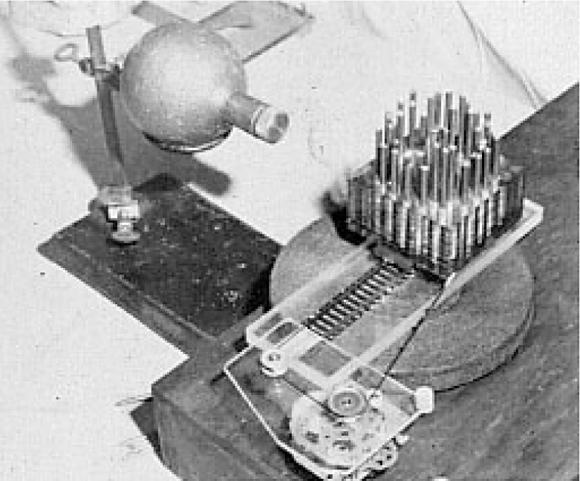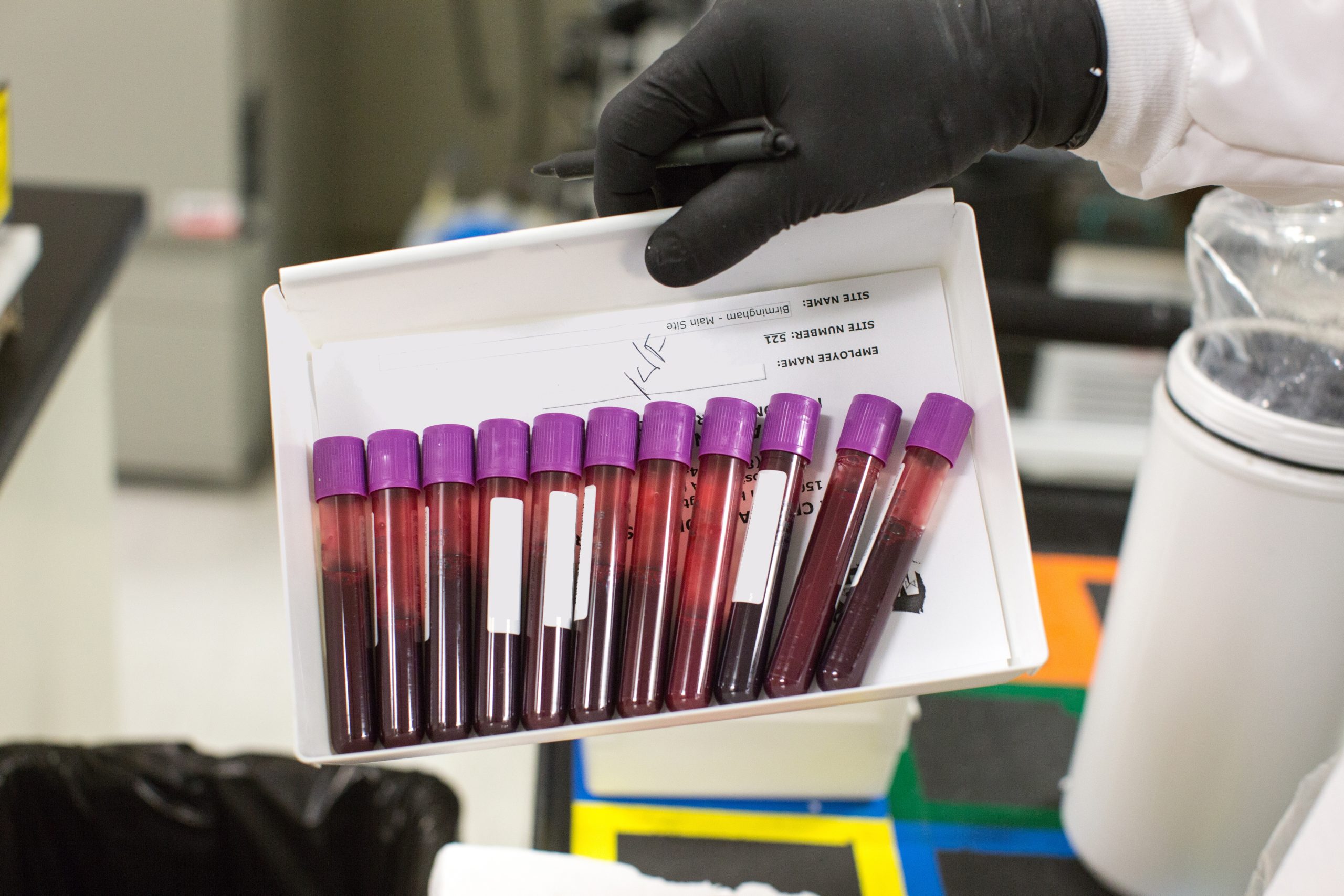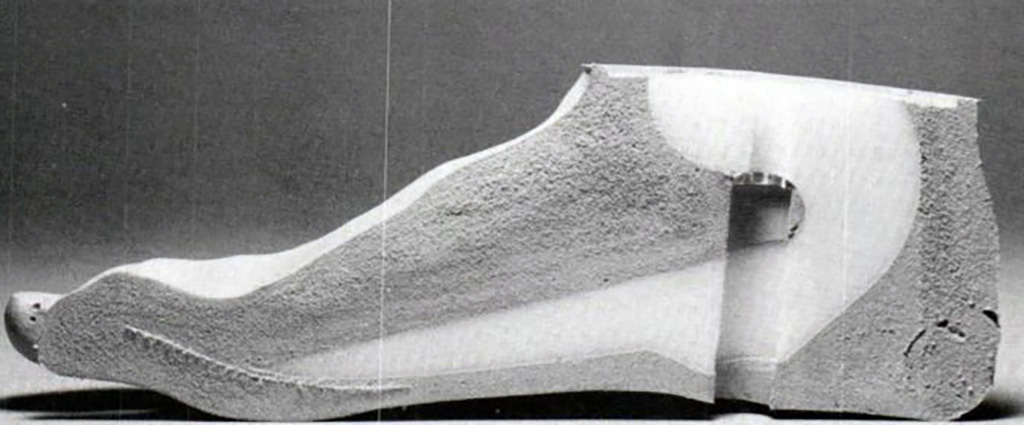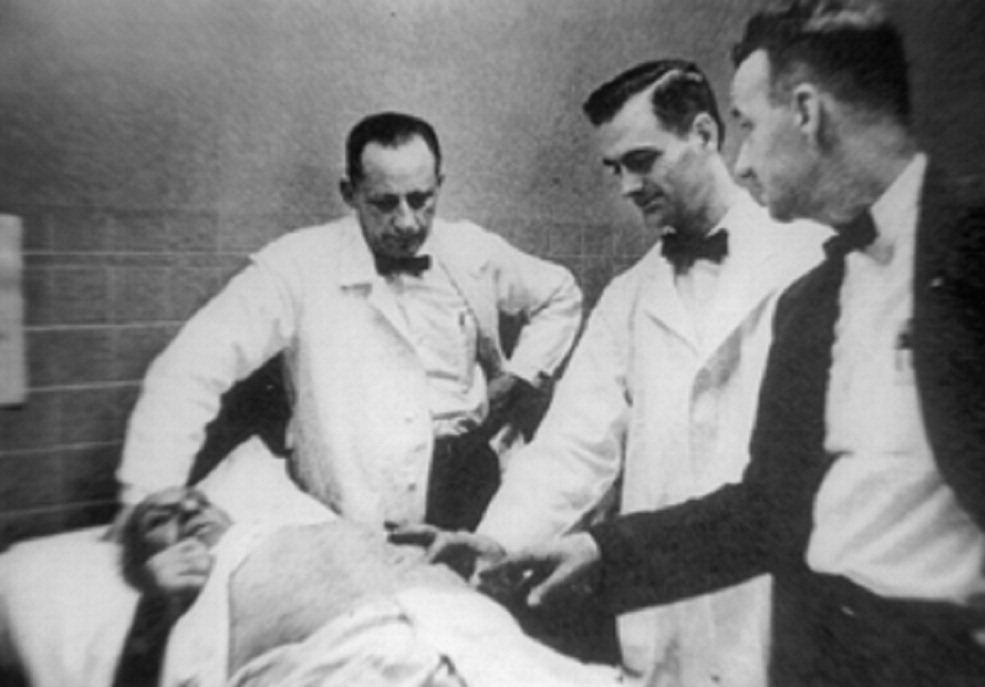History of VA in 100 Objects
After the Vietnam War, the nation was eager to put the divisive and unpopular conflict behind it. However, the 3.4 million Veterans who served in the Vietnam theater did not have that luxury. One of those Veterans was Max Cleland who lost his legs in the war. He made it a mission to advocate for his fellow Veterans, who struggled with the aftereffects of the war. Eventually, this led to Cleland turning to politics and at 34 being appointed as the youngest Administrator for the Veterans Administration.
During his tenure at VA, Cleland delivered on his goal of providing readily accessible mental health and readjustment counseling designed expressly for Vietnam Veterans. In 1979, VA launched an initiative called Operation Outreach to establish community-based Vet Centers across the country. In one year there were 91 Vet Centers. Today there are over 300.
History of VA in 100 Objects
In 2019, VA’s National Cemetery Administration (NCA) launched the Veterans Legacy Memorial (VLM), an innovative, interactive web site with memorial pages for more than 4.5 million Veterans. VLM utilizes the millions of records contained within NCA’s Burial Operations Support System database. Each Veteran’s memorial page is populated with information about his or her military service and place of burial.
History of VA in 100 Objects
In August 1945, the United States detonated atomic bombs over the Japanese cities of Hiroshima and Nagasaki, ending World War II and ushering in the dawn of the Atomic Age. Two years later, the Veterans Administrations started harnessing this technology for a very different purpose—to conduct medical research by installing a small nuclear reactor at the VA hospital in Omaha, Nebraska.
History of VA in 100 Objects
Long before high-speed internet networks made it fast and easy to transfer information, access services, and communicate with others the world over, VA had experimented with ways to deliver health care at a distance, such as with telehealth carts.
History of VA in 100 Objects
A conversation about oranges inspired the invention of the medical imaging technique known as computed tomography or CT scan by William H. Oldendorf, a neurologist at UCLA and the Los Angeles VA Hospital.
History of VA in 100 Objects
In May 2009, twelve VA doctors and scientists gathered in a small conference room in Rockville, Maryland, to brainstorm about the design of VA’s first-ever large-scale genetic research program, the Million Veteran Program. They wanted to collect medical information from Veterans along with blood samples to extract DNA, with the goal of creating a genomic biobank or database for researchers to explore how genes affect health and disease
Featured Stories
VA History Exhibit - In 1977, Dr. Rosalyn Yalow, a medical researcher and doctor at the Bronx VA Hospital, became the second woman awarded the Nobel Prize for Physiology or Medicine. In an exhibit crafted by VA History intern Parker Beverly, learn how Dr. Yalow strived to break through gender barriers in the medical field to become an expert in radioimmunoassay.
History of VA in 100 Objects
In early 2019, the VA Medical Center (VAMC) in Seattle, Washington, made a breakthrough - creating a 3D kidney tumor model to address a medical issue. A pending surgical procedure called for the removal of a tumor from a Veteran’s kidney, complicated by a unique congenital configuration of the veins and arteries.
History of VA in 100 Objects
In the space of just a few years following World War I, the U.S. government created an expansive health system for ex-servicemembers under the direction of a new and independent federal agency, the Veterans’ Bureau. A medical bulletin was soon published monthly featuring articles from the healthcare staff.
History of VA in 100 Objects
Among VA’s many achievements in the research and design of prosthetic limbs, the Seattle Foot ranks as one of the most revolutionary.
History of VA in 100 Objects
On January 3, 1946, President Harry Truman established the forerunner of today’s Veterans Health Administration when he signed Public Law 79-293, creating the Department of Medicine and Surgery within the Veterans Administration.
History of VA in 100 Objects
In 1960, a VA research team led by surgeon William Chardack inserted what he described as a “battery-operated gadget about twice as big as a spool of Scotch tape and much the same shape” under the skin of a patient suffering from a complete heart block. The gadget was the first cardiac pacemaker.



